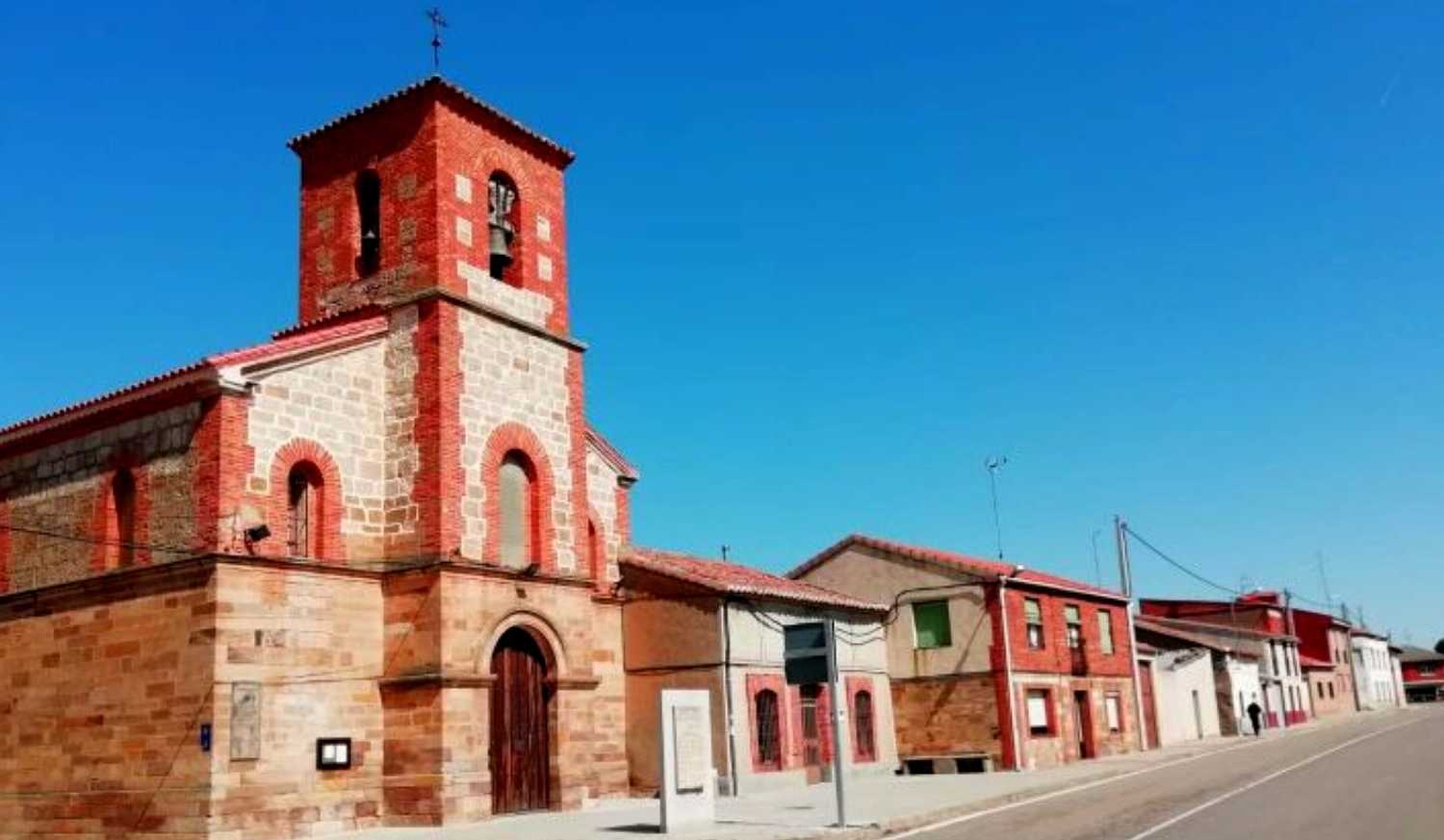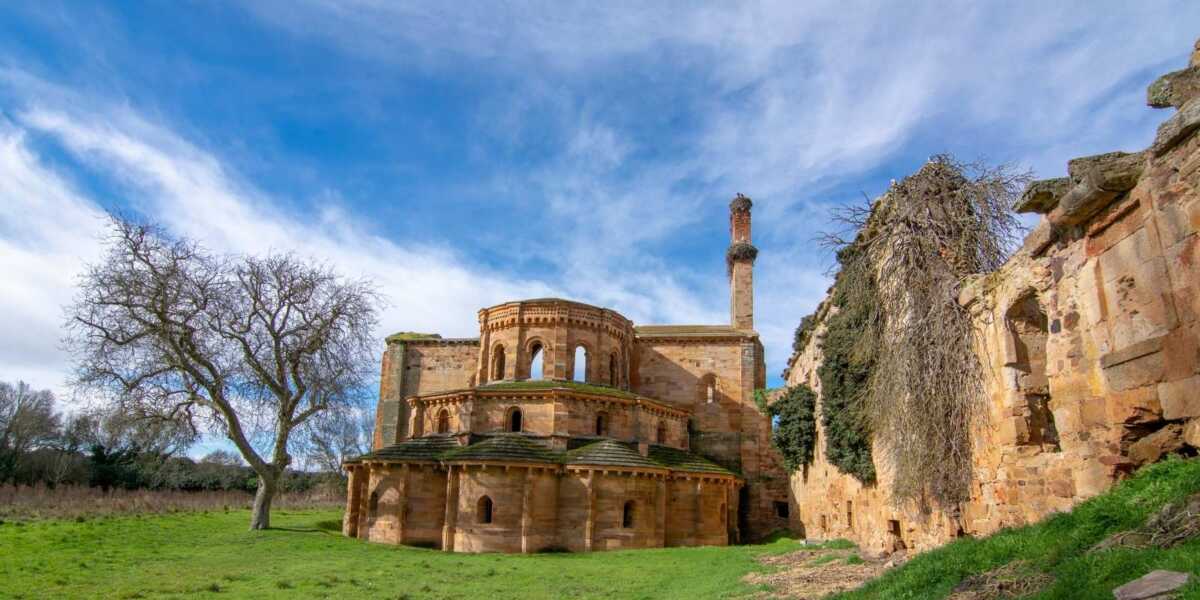
Information about Granja de Moreruela
The small village of Granja de Moreruela is one of the most charming villages in Zamora, and also one of the least known. Located in the region of Tierra de Campos, it is one of the most important points of the Silver Route. Here the pilgrim must decide whether to continue to Astorga, linking with the French Route. Or on the contrary, you prefer to take the Camino Sanabrés until you reach Santiago de Compostela.
The history of this village is closely linked to that of its monastery. Formerly called Santa Eugenia, it witnessed the creation of this, and was incorporated into the term of Moreruela after the creation projects of different kings throughout the Middle Ages. However, this locality did not become part of the province of Zamora until the 19th century. With the disentailment of Mendizábal, the Monastery of Santa María de Moreruela was sold to private individuals, and both the abbot and his monks were prosecuted for disaffection with the regime.
What to see and do in Granja de Moreruela
Monastery of Santa María de Moreruela
This old 12th century convent located near the municipality of Granja de Moreruela belonged to the Cistercian Order, ceded by King Alfonso VII so that the monks could make the most of it. Although in ruins, today this magnificent monastery is recognized as an Asset of Cultural Interest and consists of a floor plan with three naves and a transept. It also has a chancel with a presbytery and a semicircular main chapel from which there are seven more chapels.
Cistercian Interpretation Centre
This building of modern origin is the work of Leocadio Peláez Franco, made of steel and glass. It houses inside a collection of elements that aim to transmit and disseminate the history of the Cistercian Order, among which we will find archaeological remains, scale representations and others.
Holidays of Granja de Moreruela
Undoubtedly the best time to visit this town of Zamora is the 25th of April, when the Romería de la Pedrera is celebrated. In this festivity the locals come to the banks of the river Esla, and celebrate with the typical gastronomy of the area, and accompany this day with sports, religious and recreational activities.












